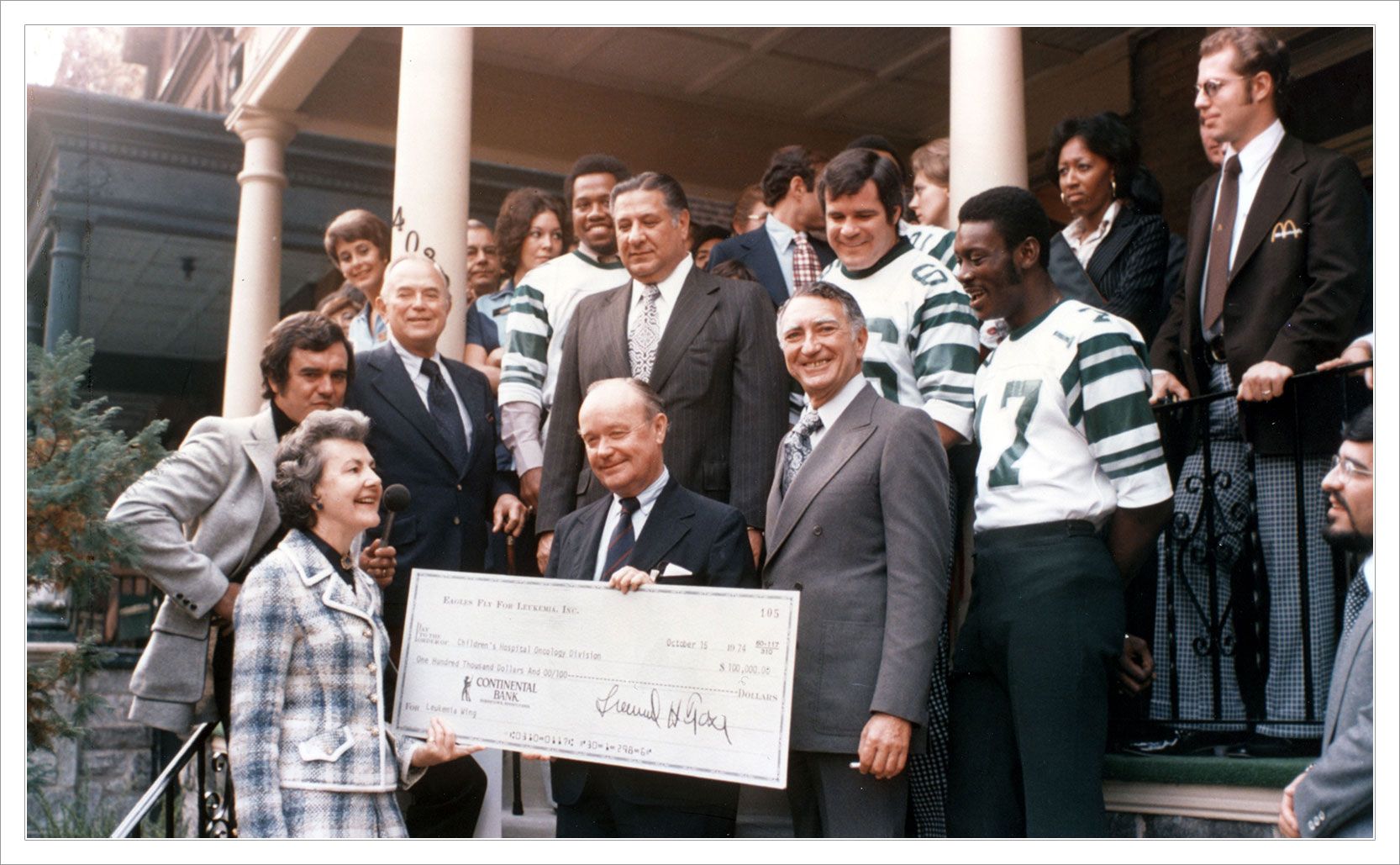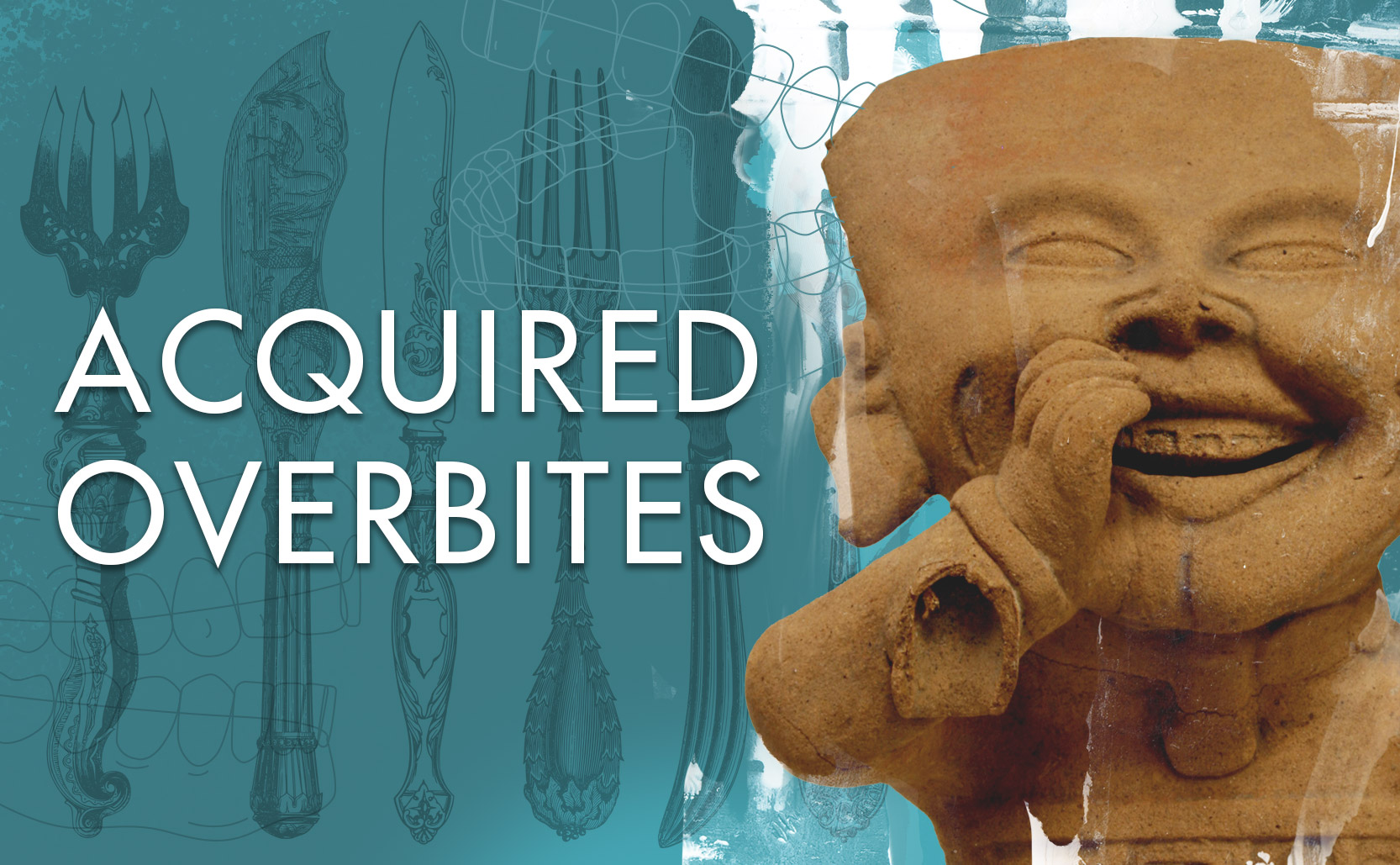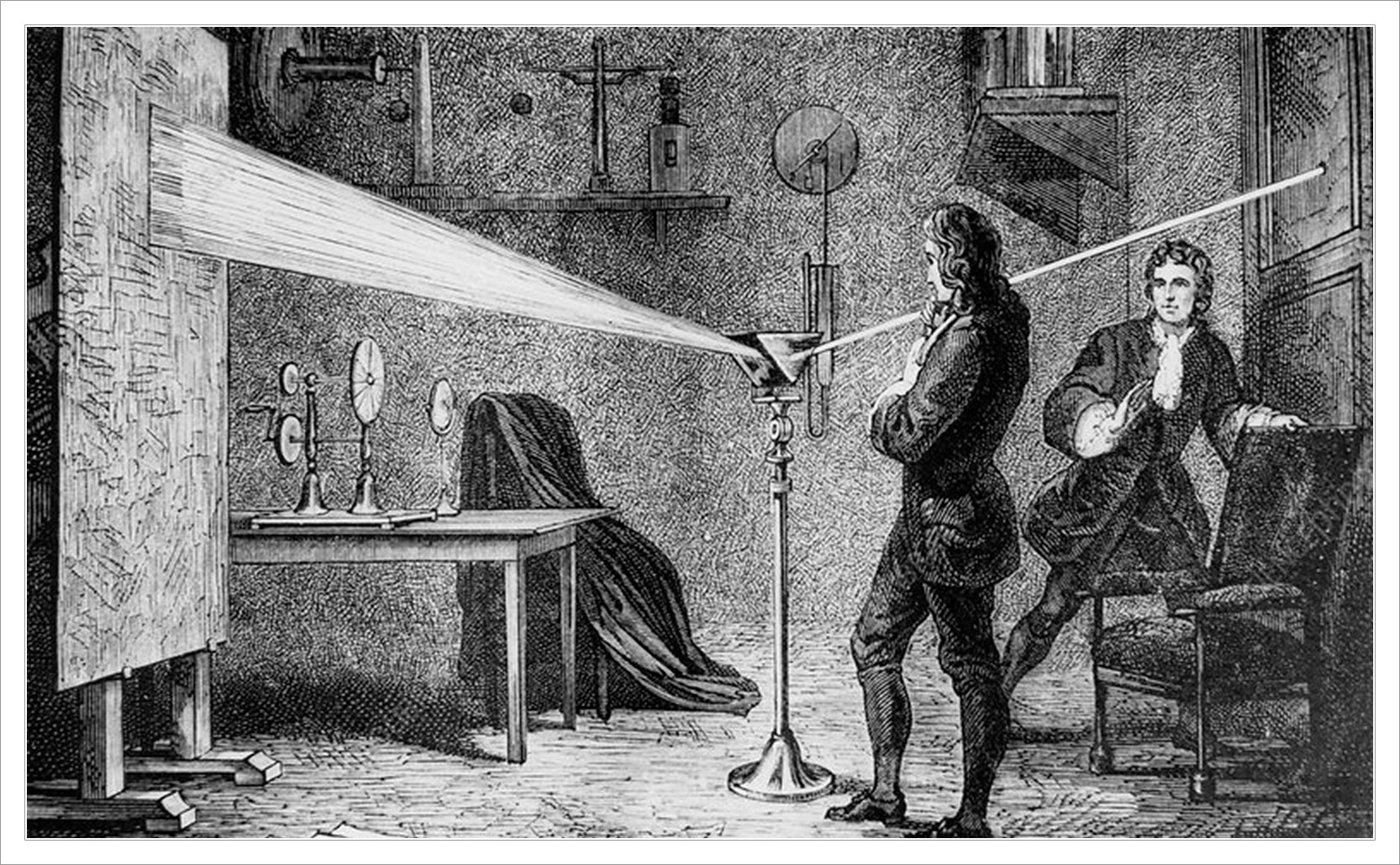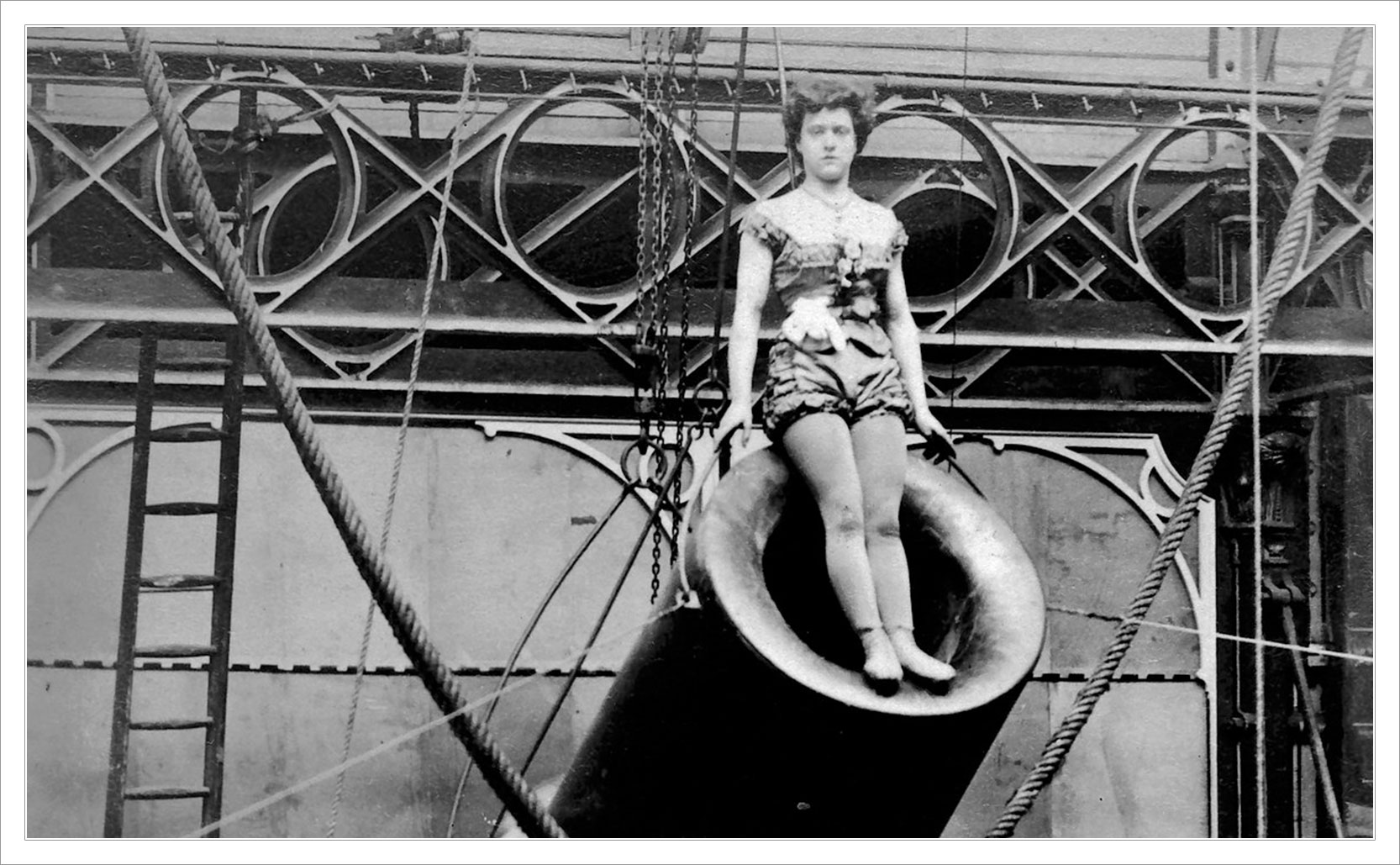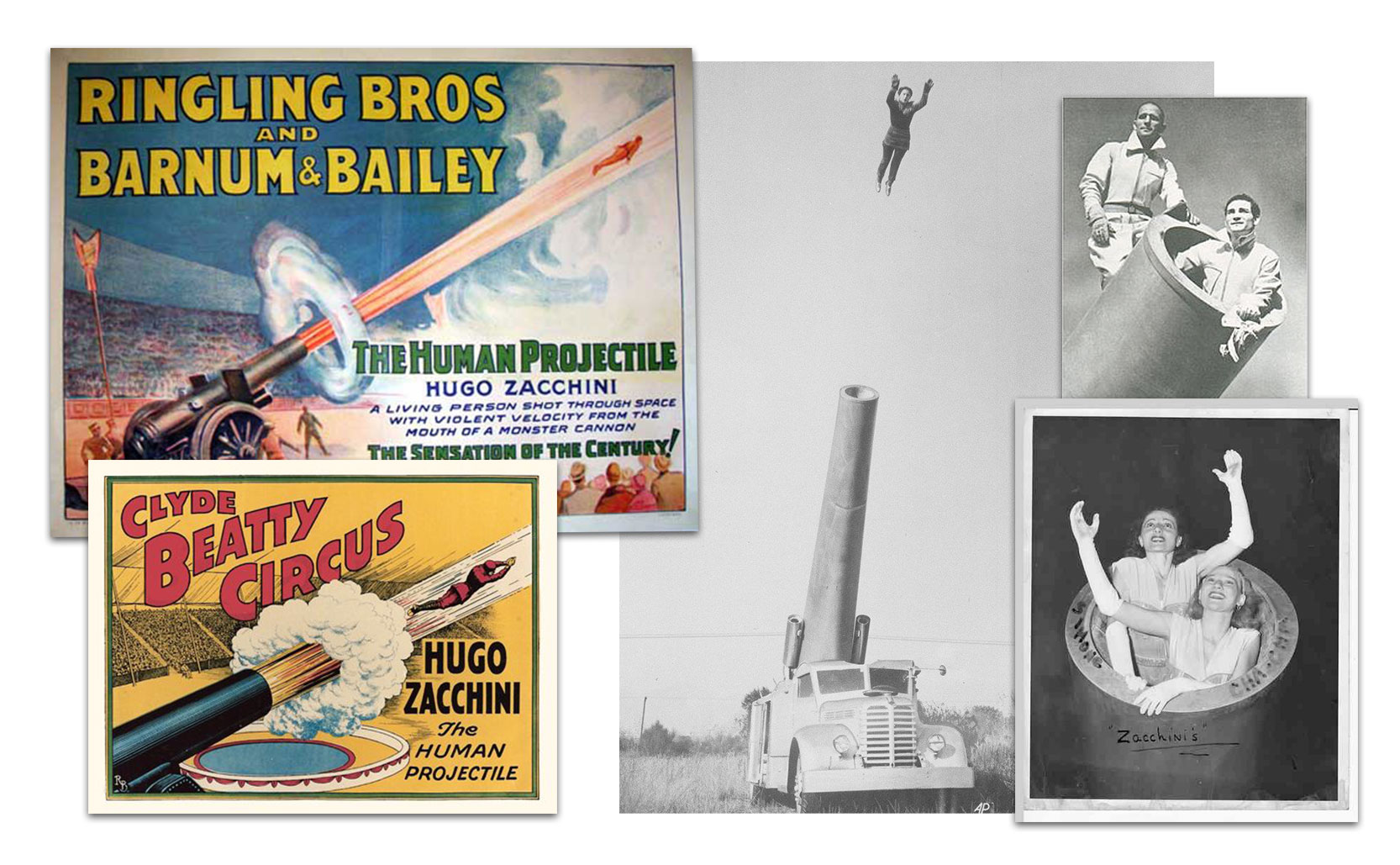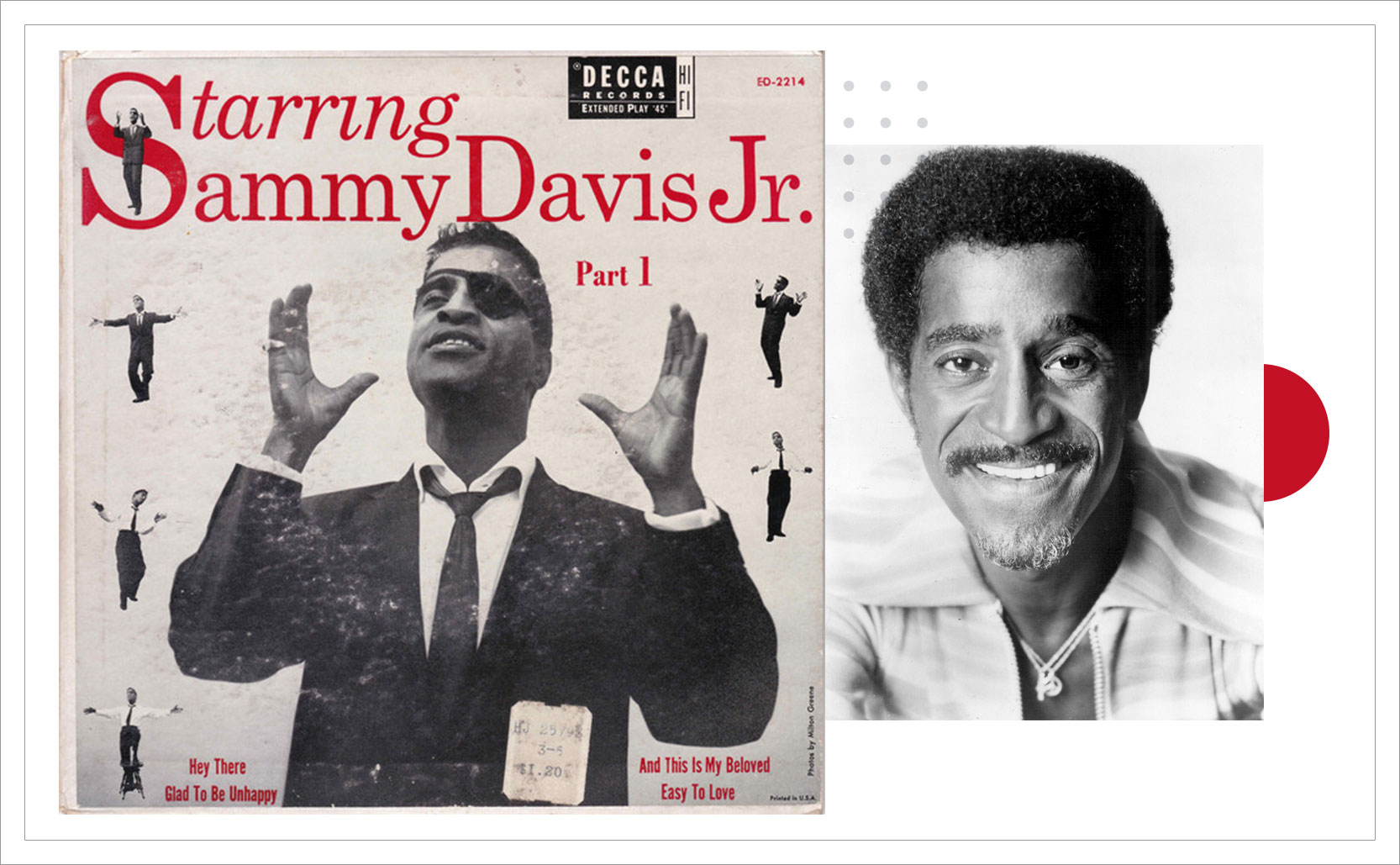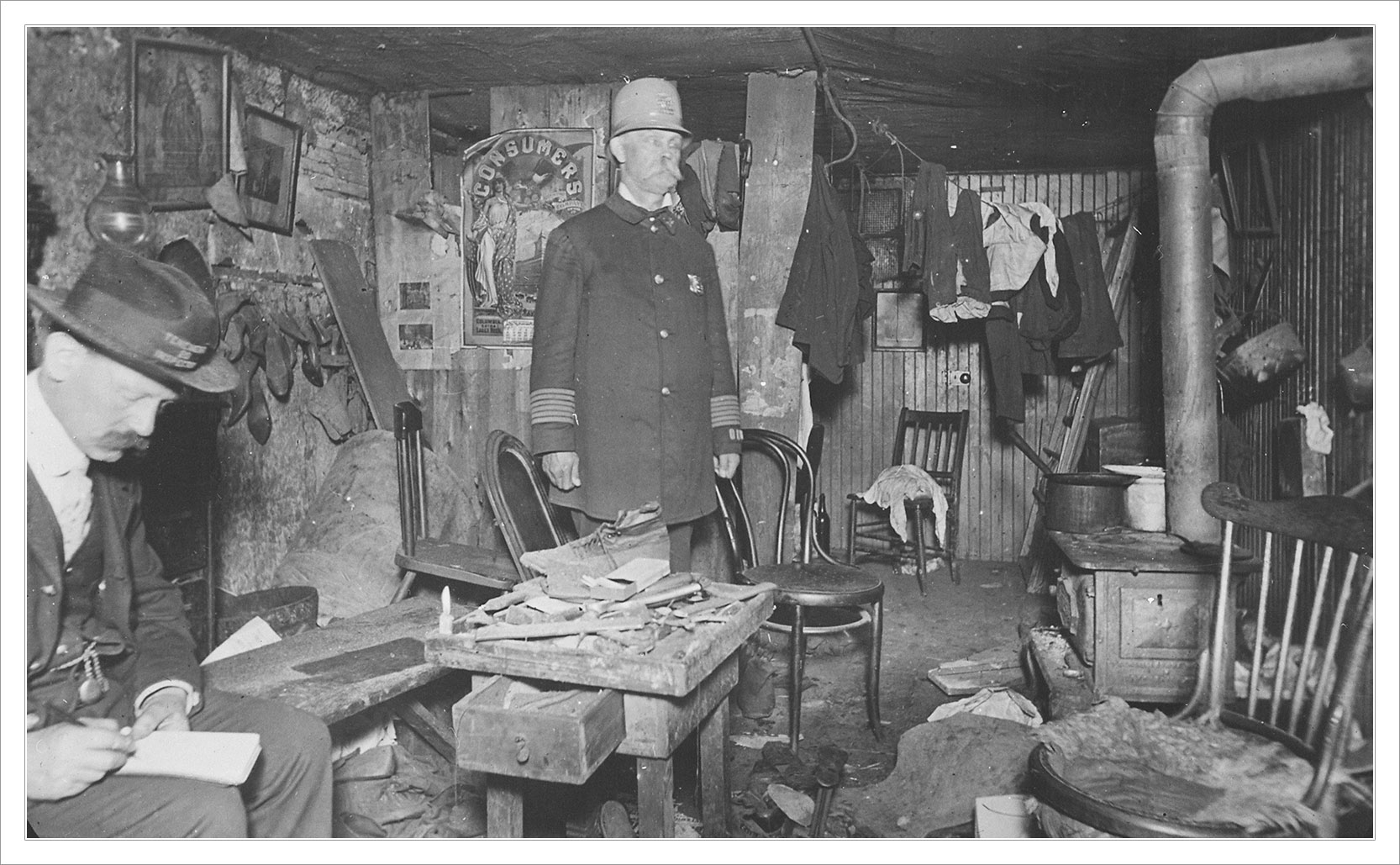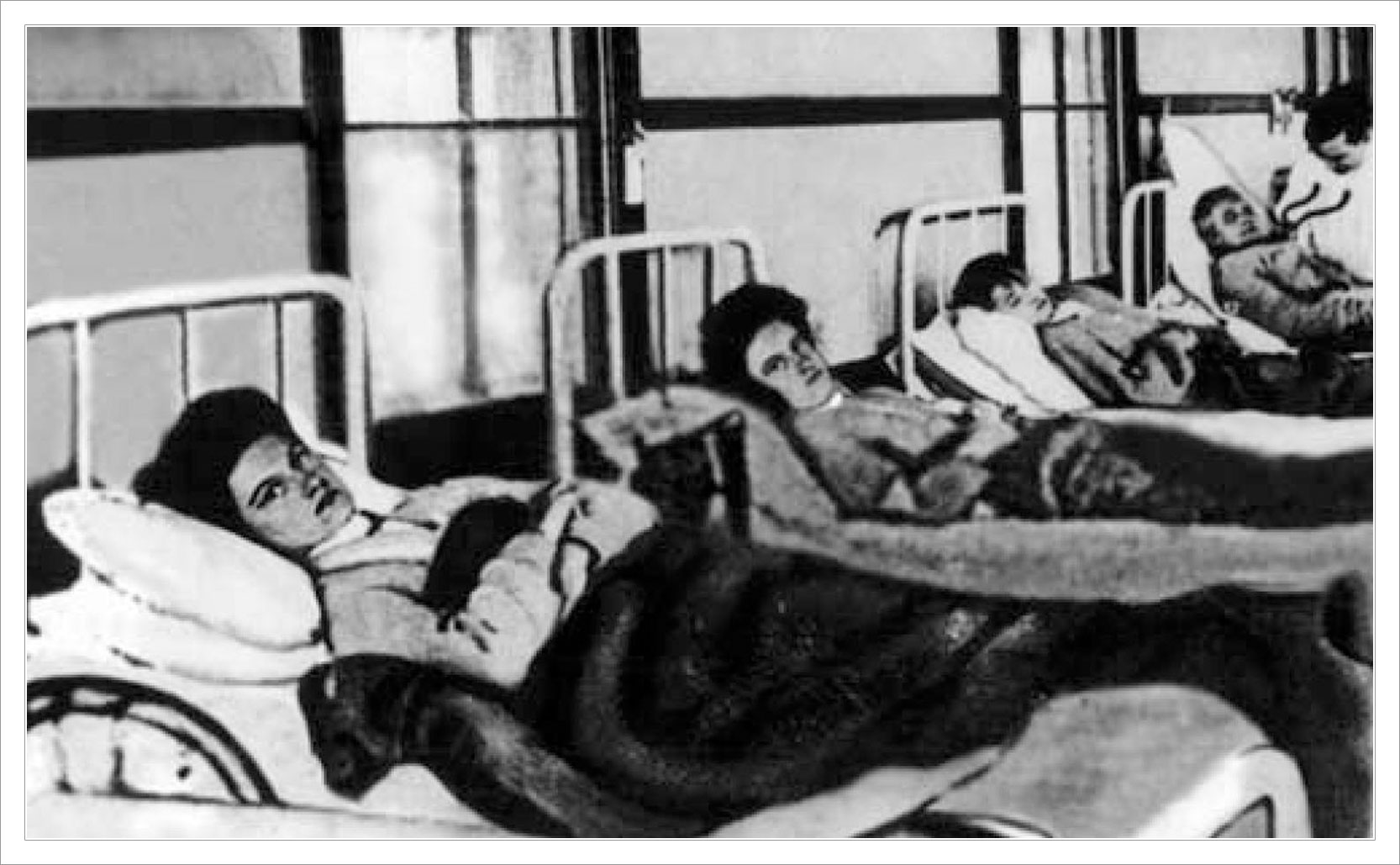Inoculation Hair Styles & Early Adopters
Early adopters of Parisian fashion helped make smallpox inoculations popular.
Inoculation is when you purposefully give someone an “antigenic substance” (a substance that triggers an immune response) to generate antibodies and help develop immunity to a particular disease. Around 1500 CE the Chinese developed a practice of inhaling a powder made from ground up smallpox crusts. By ingesting a less harmful version of the disease their immune systems could learn to fight the real thing. The Ethiopians and the Turks had a similar but different practice. They would make a small incision in the arm and place a piece of smallpox pustule inside, with the same goal of triggering an immune response and hopefully developing immunity.
Lady Mary Wortley Montagu of England saw the Turkish method while her husband was ambassador to the Ottoman Empire. She brought the technique to Western Europe and had her daughter inoculated in 1721. Despite evidence of success, westerners were skeptical of smallpox inoculations. When the Turkish procedure was done incorrectly the patient could get full-blown smallpox which has a fatality rate around 30% (or higher in children). Inoculations were an especially difficult sell in France, until smallpox killed King Louis XV and 10 of his courtiers in 1774.
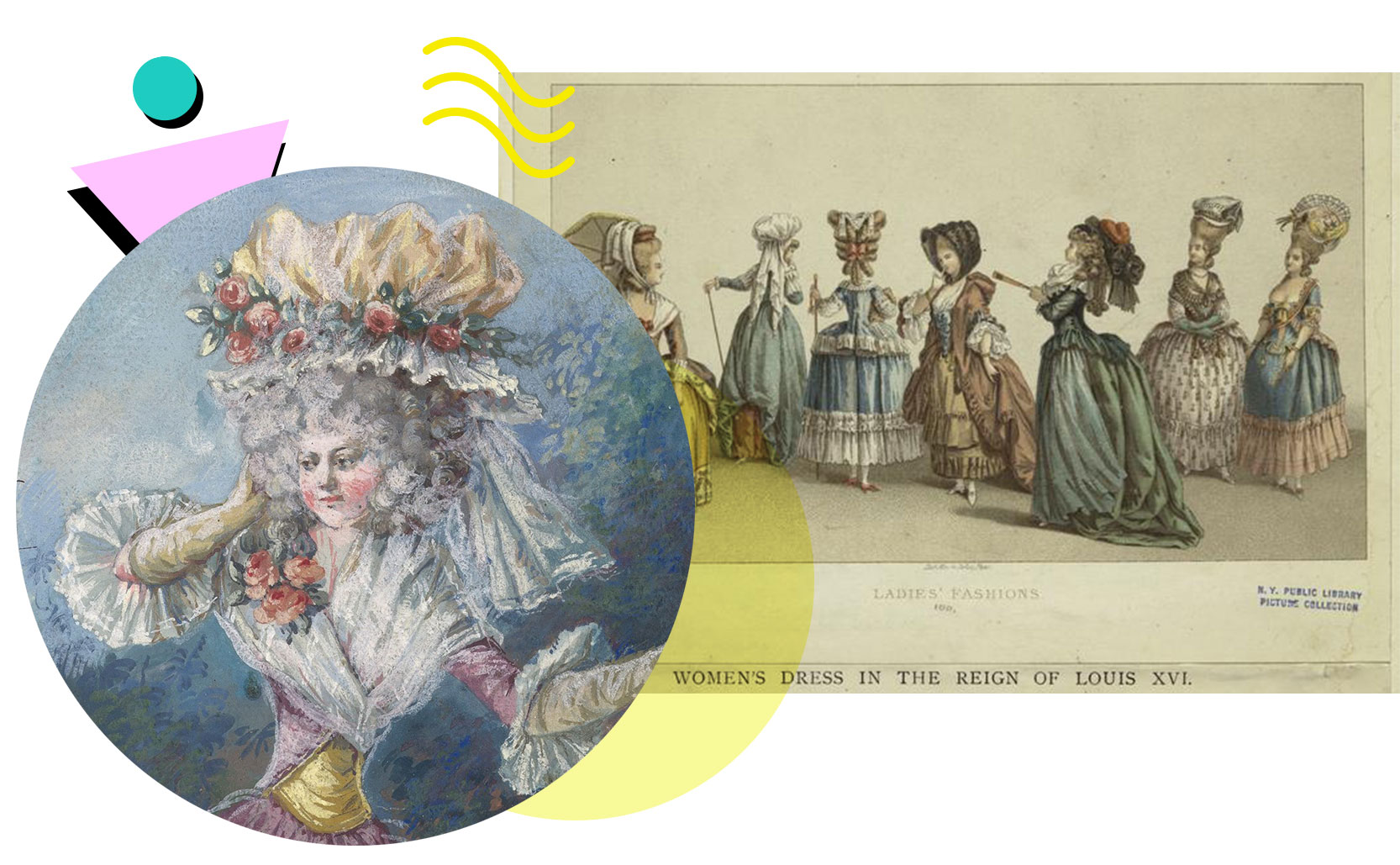
Inoculation Hairdo
After the death of Louis XV, a nineteen year old Louis XVI was suddenly very motivated to get inoculated (additionally encouraged by his wife, Marie Antoinette, who had previously been inoculated back home in Austria). Soon others in the French royal court chose to follow suit. The royal court getting inoculated helped make the procedure more acceptable but what really helped was Mary Antoinette’s hair.
To celebrate the king’s inoculation Antoinette had a special gravity-defying pouf hair style constructed, the pouf à l’inoculation. The inoculation pouf featured a rising sun representing the king, an olive tree representing peace, and the rod of asclepius representing medicine. Soon other women wanted the same trendy hair style as the queen, and as the pouf à l’inoculation became popular around Paris so too did smallpox inoculations. An inoculation is a fairly invisible procedure but a spectacular hair style was a walking billboard celebrating that you had been successfully inoculated.
Early Adopters
In his 1962 book Diffusion of Innovations, Dr. Everett Rogers theorizes how and why innovative ideas/products are adopted (or rejected). After the initial stage where innovators introduce a new product, the early adopters evaluate if it’s worthwhile. Sometimes called “lighthouse customers”, early adopters serve as messengers & guides, communicating the values of a new product to others. While members of each stage of the innovation adoption lifecycle require their own marketing strategy, a key to the early majority adopting a new product is the approval of the early adopters. Once early adopters give the thumbs up, the early majority accept the new product and success is all but inevitable.

The queen’s hairstyle influenced the royal courtiers, who influenced the bourgeoisie, who in turn influenced the population at large. Smallpox inoculation was an unknown, scary, and seemingly counter-intuitive procedure, but it was made fashionable (desirable even) through early adopters celebrating it. By making medicine a cool status symbol people everywhere wanted it.
Added info: While it’s fairly well known that Mary Antoinette never said “Let them eat cake”, and that “cake” in this case meant a form of bread, she was still unfairly vilified. Overall she seems to have been a decent queen (as monarchs go), but she did live a wildly extravagant lifestyle which certainly made her seem detached from the struggles of the common people.




